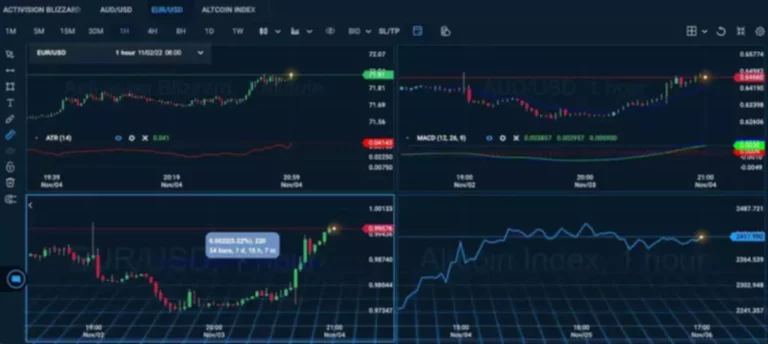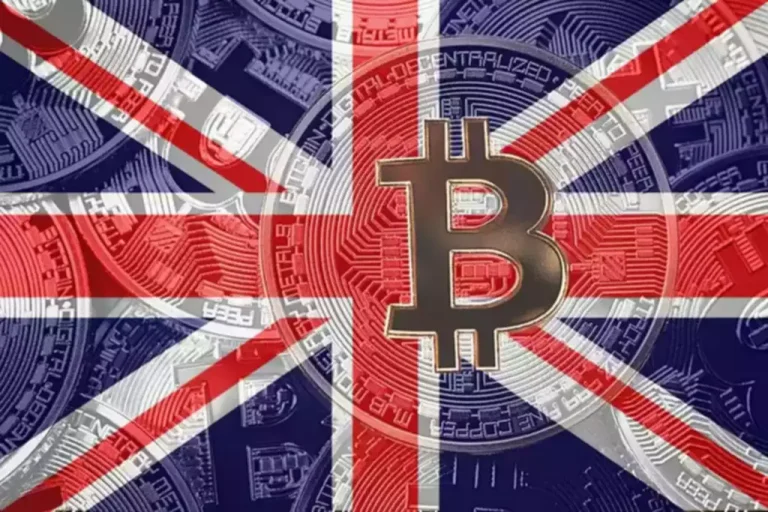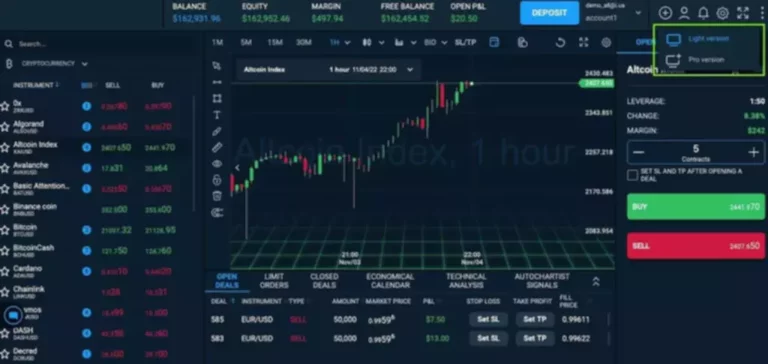“ECDSA” is the cryptographic algorithm in the core of bitcoin addresses. Now that you perceive how to search out your blockchain handle, let’s discuss how to find your handle in the first place. Finding your blockchain address is so simple as looking your address from an handle e-book or web site. Once you discover your tackle, you probably can share it with your loved ones and pals in order that they will ship you bitcoins as properly. If you’re on the lookout for a wallet that offers you control over your funds, you can even find your blockchain handle through the use of the blockchain tackle lookup tool.
Interpreting blockchain transactions is now extra intuitive with InjScan’s improved labeling system. Previously, transactions were displayed using technical terminology, which could presumably be confusing for lots of everyday users. These features save developers time and effort by providing a handy and efficient method to work together with sensible contracts. Instead of relying on external tools like Remix, SDKs, or CLI commands, builders can perform these tasks instantly throughout the explorer. This not only streamlines workflows but also makes debugging and testing simpler.
Before the days of managing a public key and tackle, using IP addresses to ship fee was pretty convenient, known as the “Pay to IP” methodology. As the grandfather of crypto, Bitcoin started the process of utilizing blockchain addresses. The normal format used for blockchain transactions is called Pay To Public Key Hash, or P2PKH.

Advanced Smart Contract Capabilities
It’s crucial to note that the process of producing a blockchain handle is one-way. While you possibly can derive the general public address from the basic public key, reversing this course of to acquire the original public key or non-public key is computationally infeasible, contributing to the safety of the system. The privateness coin Monero is predicated on the Cryptonote algorithm and it makes use of a different cryptographic signature algorithm often known as EdDSA to generate a public key.
This tool allows you to discover your handle and see exactly where the bitcoins are being held. A blockchain tackle includes a four-digit checksum at the end, which is made by hashing the outcome twice and taking the first 4 bytes. This result is subsequently checked, along with the prefix, by the processing methods each time an handle is copied into the transaction. The objective of that is that it makes it unimaginable to ship crypto to the mistaken address because of a typing error. But it does imply that you need to access your current blockchain tackle.
Safety Suggestions For Pockets Addresses
- This can be done in many ways, some of which are extra complex and/or sophisticated than the strategy at present used by Bitcoin.
- Bitcoin and different cryptocurrencies at present secure their blockchain by requiring new entries to include proof of work.
- You can usually use a pockets address’s transaction history on a block explorer to search out the user’s social media accounts.
- Precautions involve secure storage of private keys, common security updates, and awareness of scams.
- Last week, Musk held discussions about utilizing the blockchain expertise to economize, it was reported by Bloomberg, citing nameless sources.
But why are blockchain addresses so essential, especially in the world of digital currencies? While the Steemit platform could not survive, the username based handle system created for it’s fascinating in that it supplies an almost perfect usability. Unfortunately the STEEM system lacks transparency and decentralization, and nearly every other blockchain prefers a math based mostly solution somewhat than counting on platform trust.
The checksum address is created by running the algorithm on a piece of information, generating a checksum number, or hash, which may then be despatched together with the unique set of data. The data recipient can then use the hash to determine whether the info has been altered or corrupted. If the checksum doesn’t match, it rejects the handle, making it inconceivable to (inadvertently) ship funds to a incorrect tackle due to a clerical or typographical error. You can even create a ‘shared wallet’ for if you want a joint account with a partner or monetary partner. Once you have a blockchain pockets, additionally it is potential to create sub wallets.
More particularly it is the string of textual content that designates the placement of a selected https://www.xcritical.com/ wallet on the blockchain, that can be utilized to ship or receive digital property from. Blockchain addresses are distinctive identifiers facilitating secure and pseudonymous transactions inside blockchain networks. They are the cornerstone of person interactions inside the blockchain ecosystem, enabling asset and data switch while sustaining excessive safety and privateness. Notably, there’s a one-to-many relationship between private and non-private addresses. Multiple public addresses may be generated from a single non-public key, permitting customers to receive funds through varied addresses whereas maintaining control with a single private key.
The journey begins along with your Ethereum public key, a singular identifier derived from complicated mathematical operations. This public key undergoes a series of transformations, including hashing algorithms like SHA-256, leading to a shorter, fixed-length string often recognized as the common public handle. Now that we’ve launched the idea of a blockchain address, let’s explore the way it functions in the intricate landscape of cryptocurrency transactions. It serves as the destination for sending and receiving cryptocurrencies.

This is type of unusual for a cryptocurrency that has been hailed as being so extremely revolutionary. It additionally feels harmful and reckless, and for the second largest cryptocurrency extraordinarily unprofessional. There’s one other critical distinction with Ethereum addresses, and that’s a scarcity of checksum. This is why Ethereum users are heavily encouraged to at all times copy/paste addresses rather than manually typing them. With Ethereum there’s no protection from typing just one character wrong and having your funds gone eternally.

You can send or receive cryptocurrency in your wallet handle blockchain address, identical to you’d ship or obtain an e mail. First, they support secure and transparent transactions on a decentralized community with out intermediaries similar to banks or fee processors. Second, blockchain addresses provide a way to monitor the movement of digital assets throughout the community, making it potential to verify transactions and confirm their authenticity. Third, blockchain addresses are needed for customers to store and manage their digital property, allowing them to regulate their funds without counting on a 3rd party. STEEM has been criticized as being too centralized, but its tackle concept is nonetheless very intriguing.
Differences Between Address Types
Because non-public keys are used to entry and management cryptocurrency wallets, disclosing them to others can lead to the theft of digital property. Hackers can use stolen private keys to gain unauthorized entry to wallets and transfer cryptocurrency to their wallets. Address books and websites might store your handle and steal your bitcoins. Therefore, it’s extraordinarily important to keep your blockchain address secure.